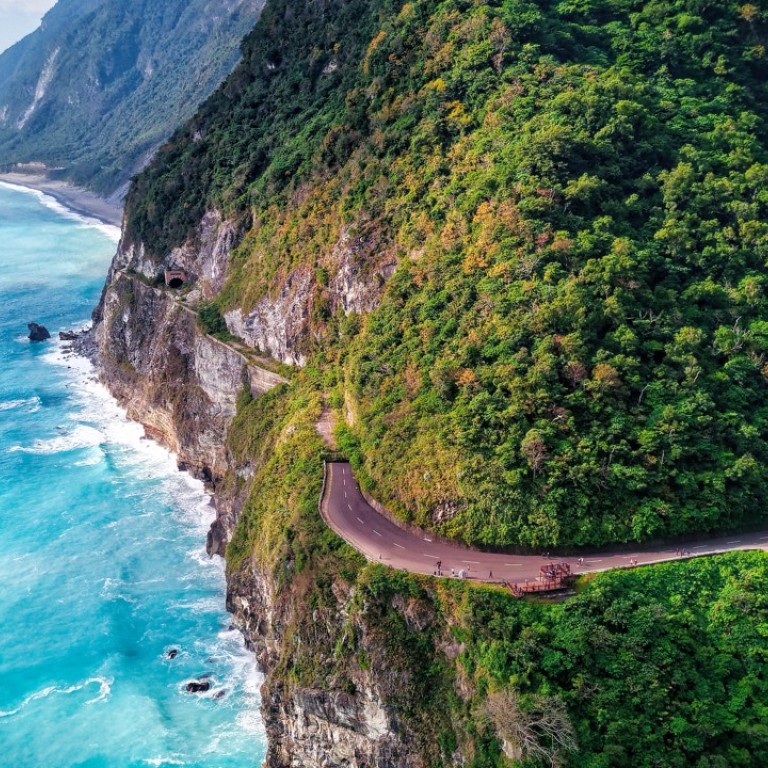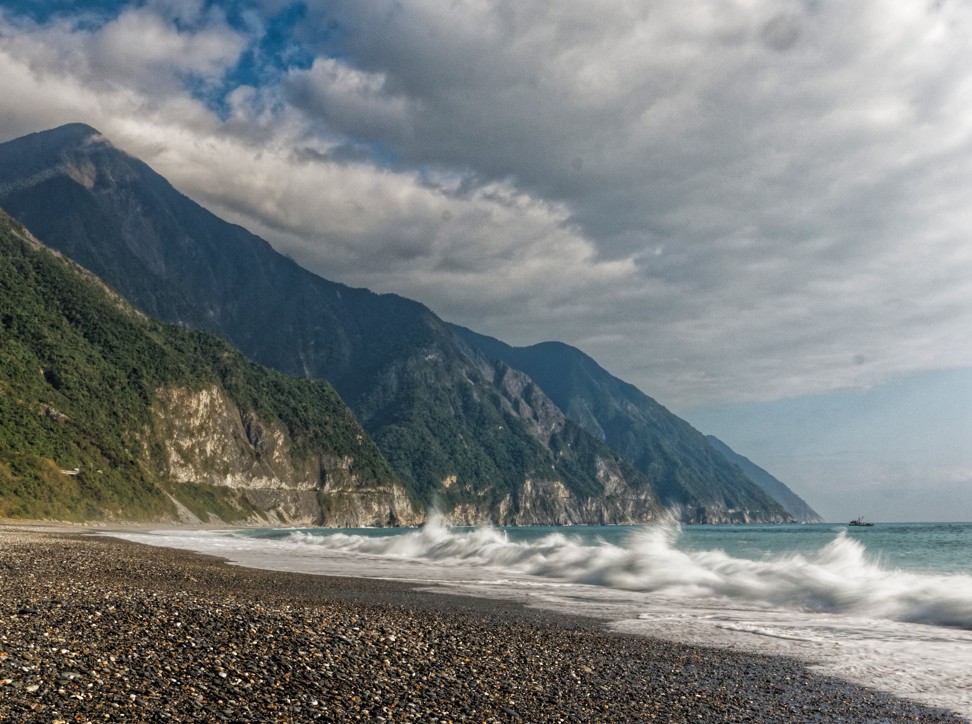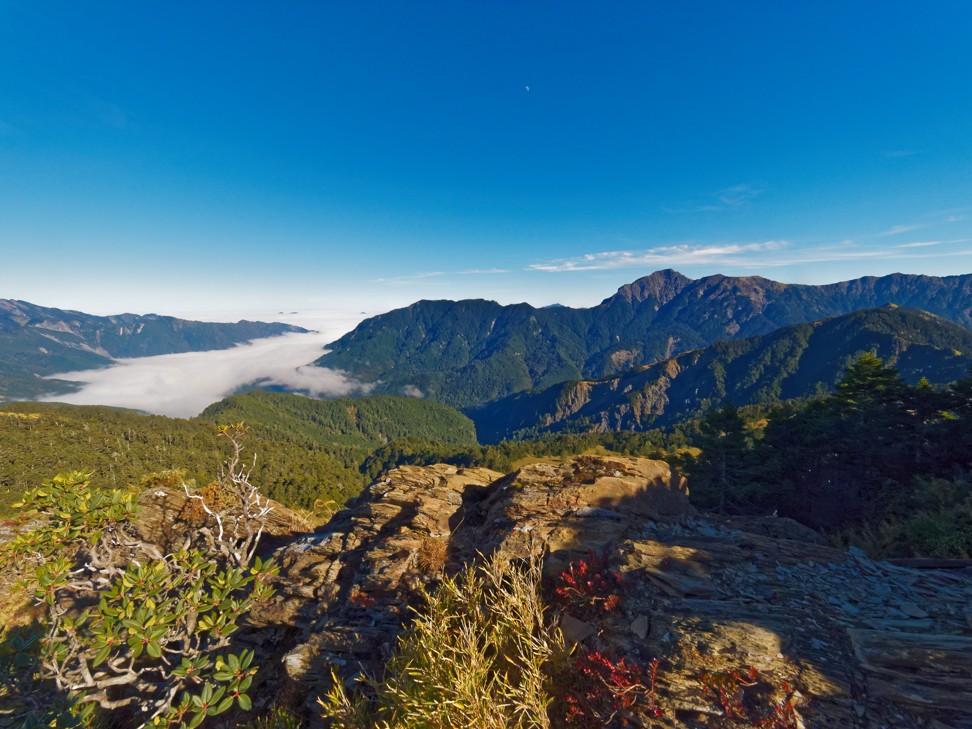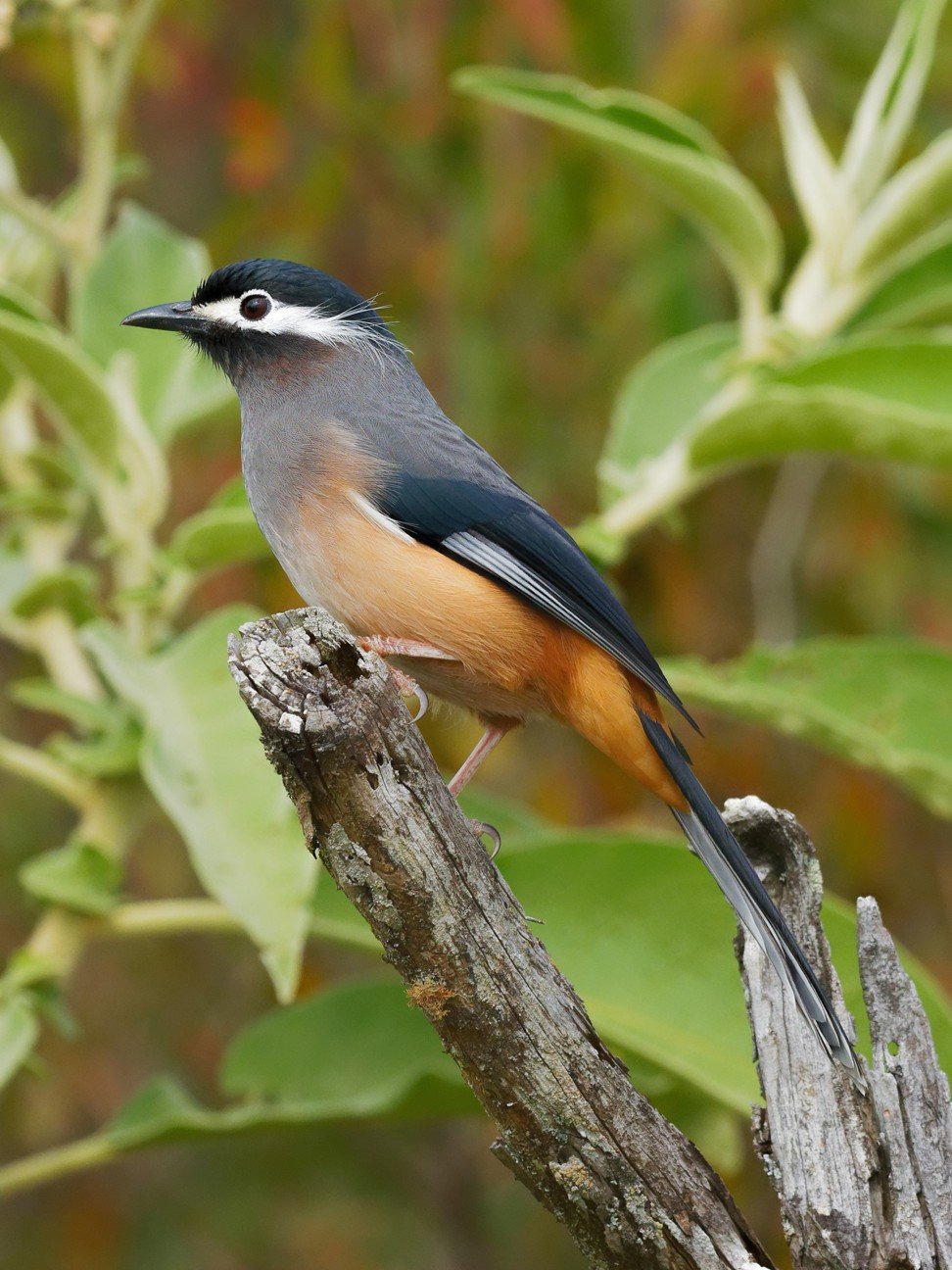
Taiwan’s Taroko National Park – stunning cliffs, beautiful trails and untamed nature
We visit the breathtaking coastal scenery of Qingshui Cliffs, walk one of the magnificent hiking trails in Taroko Gorge, and take in Hehuan Mountain’s panoramic views of forested peaks as they rise skywards
It may not appear on many “world’s most beautiful islands” lists, but Taiwan was once named Formosa – “Beautiful”. According to one oft-repeated story, this arose after Portuguese sailors came across Taiwan in 1542, and on seeing forested coastlines exclaimed “Ilha Formosa!” (“Beautiful Island!”).
Get away from it all on Taiwan’s east coast, and eat fried flowers
If you only know places like Taipei, it may seem this beauty is long gone. Yet Taiwan is multifaceted, and for its most stunning coastal scenery you should head to Qingshui (Clear Water) Cliffs, about two-thirds of the way up the east coast.
Here, the mountains of central Taiwan plunge to the Pacific Ocean. Steep, verdant hillsides drop from peaks 800 metres high, and have been torn away at their bases to form cliffs of pale marble. On a fine morning the sea is tropical turquoise, turning milkier near the base of the cliffs thanks to calcium carbonate from the eroding rock.

Qingshui Cliffs are in the northeast corner of Taroko National Park, which encompasses a mountainous landscape with an area of some 920 square kilometres – not far short of the 1,104 square kilometres of land in Hong Kong. At the heart of the park is the magnificent Taroko Gorge.
The entrance to the gorge is in a deep valley that opens onto a narrow coastal plain just south of the cliffs. There's a national park visitor centre, from where you can take shuttle buses to key locations in the gorge, and head for one of the hiking trails.

The lowest and most popular of these is the Shakadang Trail. This leads alongside a tributary of the main river, and the early stage has been mostly carved into a cliff, almost forming a tunnel that is open on one side. The stream makes a wonderful sight, with pools as blue as the nearby ocean, along with waterfalls and cascades.
Further into the ravine, the cliffs give way to wooded slopes. Most visitors turn back here, but a path continues, following a left turn in the valley, to pass through woodlands and arrive by the stream side. This is a glorious place to rest, and admire the natural splendour of wild Taiwan.
Why you should visit post-earthquake Hualien in Taiwan
The shuttle buses ply the two-lane road that leads up through the gorge, which heads through tunnels, crosses a couple of bridges, and clings to almost sheer slopes as it winds up into the national park.
Soon after passing the Shakadang Trail, on the right, there’s a suspension bridge across the river.
This is only for serious hikers who have a permit to walk the Zhuilu Old Trail, which climbs steeply, then traverses a cliff face, following a trail hewn from the rock that is in places less than a metre wide.

An easy walk starts near here, too, along a short stretch of old road through a tunnel with openings that afford views of the gorge and river below. From a later stop, there is also a chance to walk the Lushui Trail – a shorter, safer version of the Zhuilu Old Trail, with no need for a permit.
The shuttle bus route ends at Tianxiang, a tiny, tourism-focused town some 480 metres above sea level. Yet you can continue up the road, either in a hired car or a taxi from nearby Xincheng or Hualien.

As the road winds upwards, the landscape becomes alpine, with peaks soaring to over 3,700 metres.
The road reaches a pass at Hehuanshan. Here, a 20-minute climb up a flight of steps leads to the top of 3,227-metre Hehuanshan, with panoramic views across forested mountains rising to a series of rocky summits, set against a scintillating blue sky.

Westwards, the road leaves the national park, and descends through a more rolling landscape. Here, there’s a chance to stop at Qingjing Farm, a popular grasslands where plump, woolly sheep graze, and tourists are fond of feeding and stroking them. Then, it’s down to Taichung city, and the coast, leaving the hills behind.
Taiwan’s southern tip – get away from it all, and relax
Travel tips

